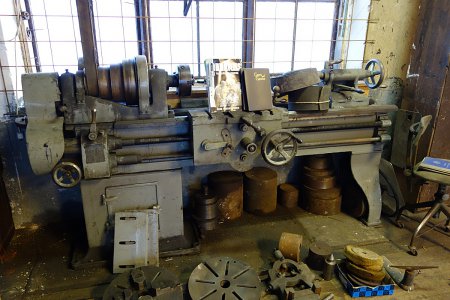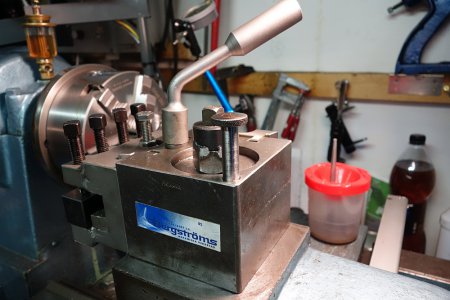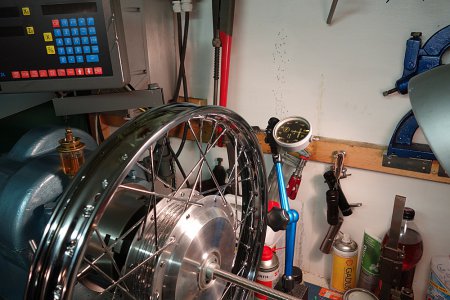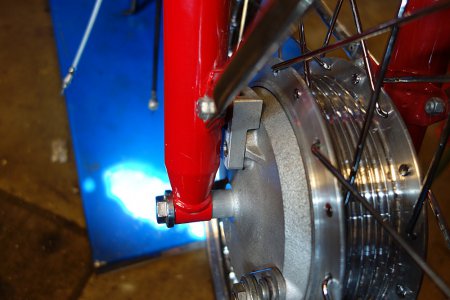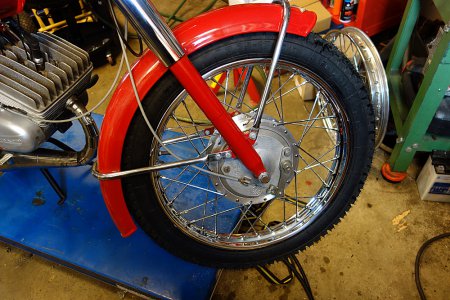Micke,you must not hold the lathe center in the 3 jaw chuck to grind it. The center now is no more accurate than the 3 jaw chuck is. If the chuck is .003" out,now the center is also.
To really get it true,you need to insert the center into the tailstock hole,and grind the tip while rotating the center somehow. I'd recommend using a rubber belt,even one from a vacuum cleaner,for example. Put the rubber belt around the body of the center and loose around the outside of an electric drill chuck. Hold the drill by hand above the center. Be careful to not let the belt run off of the chuck or the center body. You might need a helper for this operation. Grind the center as it rotates.
You could try just letting the center rotate a bit all by itself while the grinding wheel is grinding it. IF the center runs quite freely this might work. Lightly put your finger against the body of the center while it is getting ground. This to make sure the center does not run at the same relative speed as the grinding wheel. Let the center slip on your finger as you apply the grinding wheel.
I really think you will need to use a rubber belt and electric drill,though. When finished,the center will be absolutely accurate with no run out in relation to the hole in the tailstock.
Your lathe looks very nice,and seems to be of about the same quality as an American South Bend. The finish on the aluminum piece is very beautiful!
The felt pieces on the carriage are called WIPERS. It is important to keep them in contact with the bed,as you have done. Be sure to oil those plain bronze headstock bearings every time you use the lathe. And every few hours while you are using it.
Cover the lathe bed with paper or plastic while grinding. Grit will go right through cloth and get onto the bed. Remove it carefully when done,and put it into the trash. Don't try re using it.
Those plain headstock bearings can produce the finest finishes if kept in good condition. Some of the finest older lathes,such as Dean Smith and Grace had plain bronze bearings. Bronze bearings can produce better finishes than ball bearings,if kept well.
